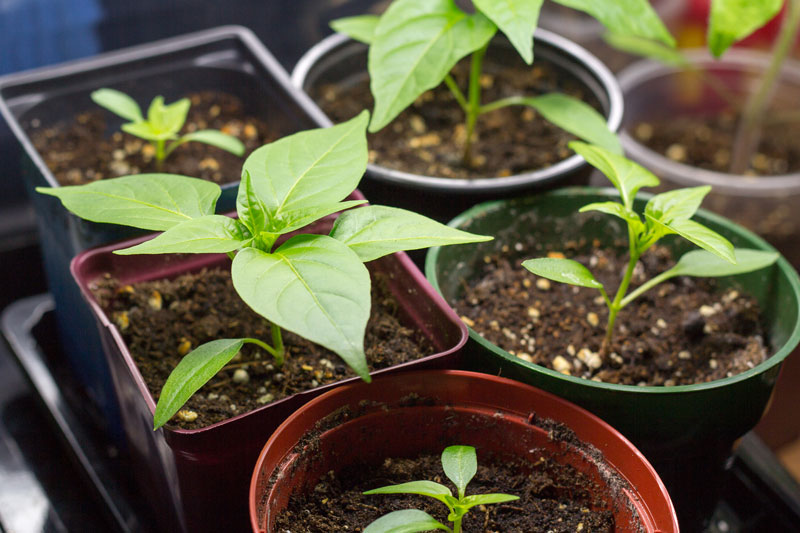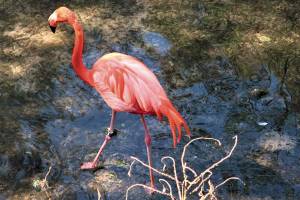Serious gardening involves spending time in that pursuit, even in the winter and early spring months. The following tasks demand mostly brain power, and that can be completed in the warmth of your home or potting shed on a sunny day. They will help you in getting ready for the upcoming growing season.
Research for Ideas
Check out the latest information on gardening through new gardening books, the County Extension Service, or the Internet. Doing some reading provides tips for both novice and seasoned gardeners. There is always something new to learn.
Mark your catalogs
Pull out several seed catalogs and read about new varieties. Select seed companies located in the same growing zone as your garden. Although companies sell seed to one another, they will also grow their own locally acclimated seed. Mark pages containing information on seed you plan to purchase. Next, determine which catalog has the greatest number of seed types you have marked.
Try to stay with one or two catalogs, to avoid expensive shipping and handling costs, then order early to take advantage of dated coupons. Also, this is the time to decide what seed you want to buy locally. Having seed on hand deters the frustration of not being prepared when you are ready to plant.
Experiment
If there’s room in your garden, experiment with a new plant each year. Vegetables previously unavailable to those of us who have raised gardens in the north for many years are available now. For example, I have tried different kinds of spaghetti squash because I prefer they not be so large when they ripen. Basil has been a huge success. I have started planting several rows of field peas in different garden locations, to organically build up the soil.
Keep A Diary
Start a notebook to quickly write with dirty fingers what was successful and what failed for various reasons. If you don’t do this, you will forget and make the same mistakes year after year. If you already have a garden diary, now is the time to check out what you hastily wrote last summer.
Test Your Old Seeds
Go through your box of old seeds, and pull out any that you might use in the coming season. Then test them by putting 10 seeds in a damp paper towel, to determine the percentage that germinate. With this procedure, you won’t waste garden space with seeds that won’t grow.
Start Early
Start seeds that require a longer growing season than is provided in your part of the country. These are plants that should be large enough to go into the ground as soon as the soil warms, such as melons. Use potting soil in containers with a hole punched in the bottom for drainage. In addition to melons, I plant tomatoes, basil, cucumbers, and flowers—like petunias—but you may choose other plants. I put them on a table next to a kitchen window so I can keep the pots moist.
Clean and Prep
Clean out the potting shed and sharpen tools and lawn mower blades. Inventory and purchase, if need be, items such as deer fence, chicken wire fencing for peas, trellises for climbing beans, and cages for tomatoes.
Plan Your Plot
Refer to the previous years’ garden diagram, and decide where you will plant each vegetable. In addition to generally rotating seeds to different garden spots, determine which plants might shade others, which need more sun, which will need to run out the edge of the garden onto the grass, and which will complement others. Make a diagram you can take to the garden when it’s time to plant.
Test Your Soil
You can put various soil samples from your garden plot into a zip-lock bag, to take to your County Extension Service and get tested. The analysis will determine the types of fertilizer you might add later in the spring.
Prune
This is a prime time to prune trees and bushes because it’s easier to shape them when they have no leaves.
Get Educated
Enroll in a master gardening class through the County Extension Service to broaden your knowledge of gardening.
Upon completing these tasks, you will be ready for the preliminary work of gardening, such as tilling and installing fencing and trellises, when the soil starts to warm.











